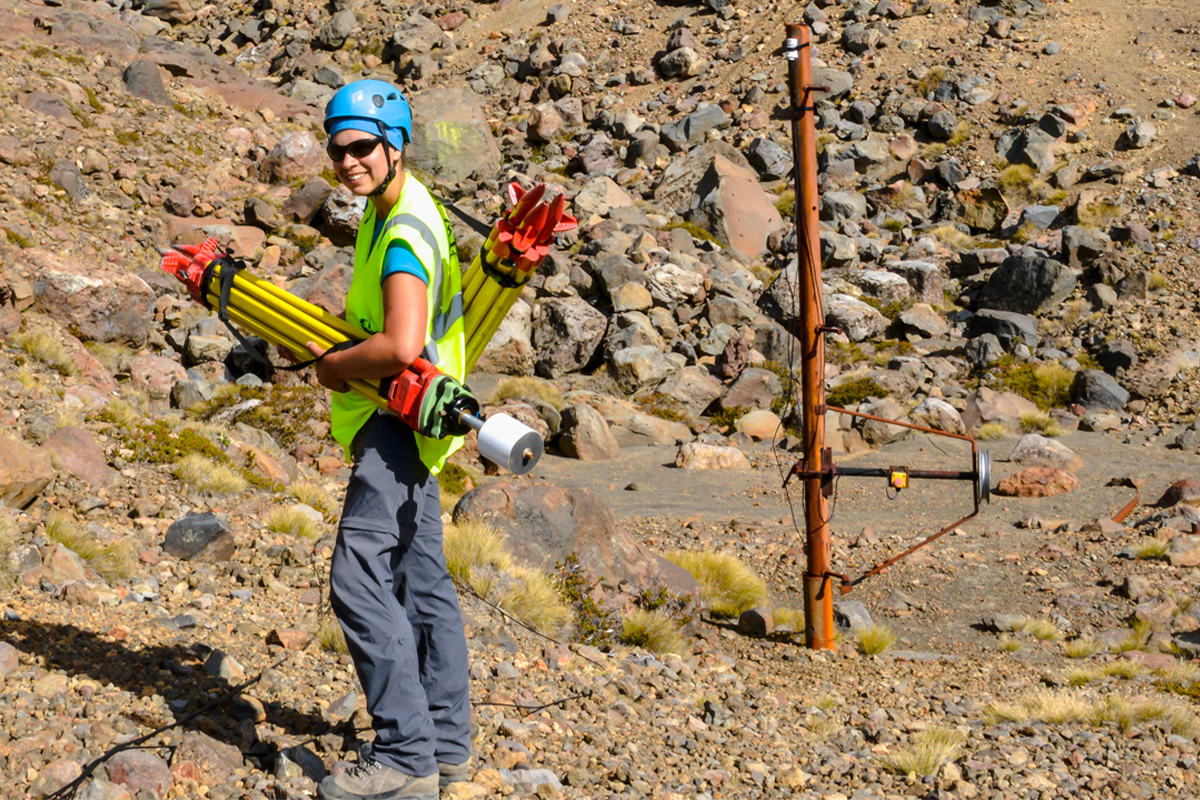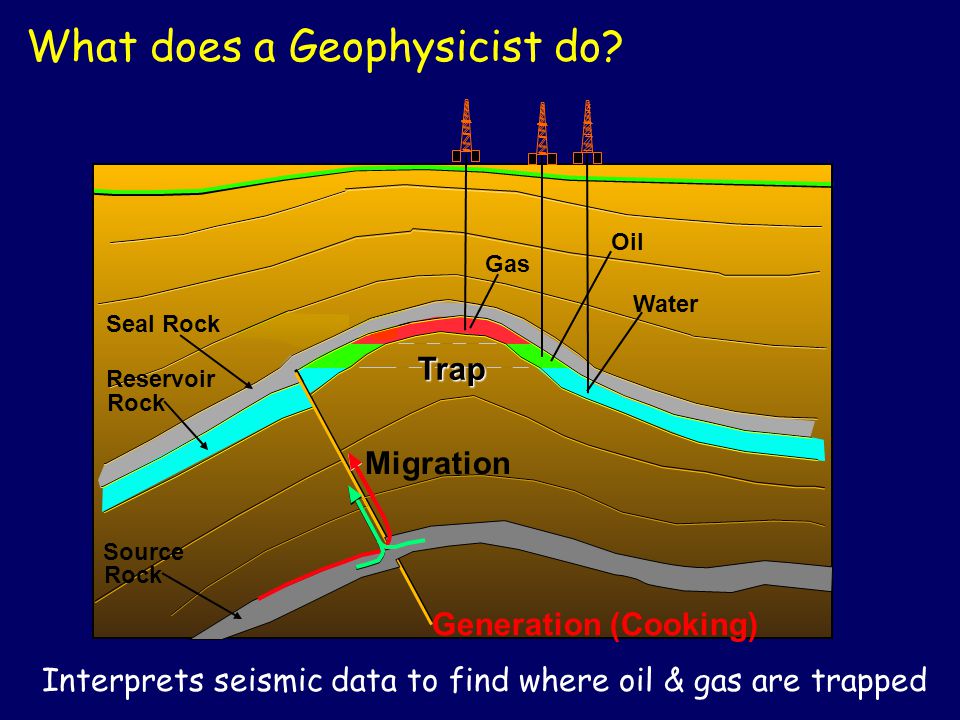All Categories
Featured
Table of Contents
- – Job Profiles : Geophysicist Physics in High W...
- – Integrated Geophysical Surveys For The Safet...
- – Course: Basics In Geophysical Surveying in F...
- – Geophysical Surveys in Byford Aus 2020
- – Become An Earthquake Scientist in Darch Aus...
- – Airborne Geophysical Measurements in North...
- – Geophysical Surveys - Method Types And Wor...
Job Profiles : Geophysicist Physics in High Wycombe Aus 2023
doi:10. 1556/AGeod. 45.2010. 2.9. S2CID 122239663. Temple 2006, pp. 162166 Russo, Lucio (2004 ). Berlin: Springer. p. 273277. Temple 2006, pp. 177181 Newton 1999 Area 3 American Geophysical Union (2011 ). "Our Science". About AGU. Obtained 30 September 2011. "About IUGG". 2011. Recovered 30 September 2011. "AGUs Cryosphere Focus Group". 2011. Archived from the original on 16 November 2011.
Bozorgnia, Yousef; Bertero, Vitelmo V. (2004 ).; Grenier, Emmanuel (2006 ). Mathematical geophysics: an intro to turning fluids and the Navier-Stokes formulas.
Bulletin of the Seismological Society of America. 59 (1 ): 183227. Defense Mapping Firm (1984 ).
Integrated Geophysical Surveys For The Safety in Shoalwater WA 2022
TR 80-003. Retrieved 30 September 2011. Eratosthenes (2010 ). Eratosthenes' "Location". Pieces collected and translated, with commentary and extra material by Duane W. Roller. Princeton University Press. ISBN 978-0-691-14267-8. Fowler, C.M.R. (2005 ). (2 ed.). Cambridge University Press. ISBN 0-521-89307-0. "GRACE: Gravity Healing and Environment Experiment". University of Texas at Austin Center for Area Research Study.
Recovered 30 September 2011. Hardy, Shaun J.; Goodman, Roy E. (2005 ). "Web resources in the history of geophysics". American Geophysical Union. Archived from the original on 27 April 2013. Recovered 30 September 2011. Harrison, R. G.; Carslaw, K. S. (2003 ). "Ion-aerosol-cloud processes in the lower environment". 41 (3 ): 1012. Bibcode:2003 Rv, Geo..41.
doi:10. 1029/2002RG000114. S2CID 123305218. Kivelson, Margaret G.; Russell, Christopher T. (1995 ). Intro to Area Physics. Cambridge University Press. ISBN 978-0-521-45714-9. Lanzerotti, Louis J.; Gregori, Giovanni P. (1986 ). "Telluric currents: the natural environment and interactions with manufactured systems". In Geophysics Research Study Committee; Geophysics Research Study Forum; Commission on Physical Sciences, Mathematics and Resources; National Research Council (eds.).
Course: Basics In Geophysical Surveying in Floreat Oz 2020
Lowrie, William (2004 ). Merrill, Ronald T.; Mc, Elhinny, Michael W.; Mc, Fadden, Phillip L. (1998 ). International Geophysics Series.
They likewise research modifications in its resources to provide guidance in meeting human demands, such as for water, and to anticipate geological threats and threats. Geoscientists utilize a range of tools in their work. In the field, they might use a hammer and sculpt to gather rock samples or ground-penetrating radar devices to search for minerals.
They likewise may utilize remote noticing devices to collect information, as well as geographic information systems (GIS) and modeling software application to evaluate the data gathered. Geoscientists may supervise the work of technicians and coordinate deal with other researchers, both in the field and in the lab. As geological obstacles increase, geoscientists might opt to work as generalists.
Geophysical Surveys in Byford Aus 2020
The following are examples of kinds of geoscientists: geologists study how effects of human activity, such as pollution and waste management, impact the quality of the Earth's air, soil, and water. They likewise may work to solve issues related to natural threats, such as flooding and erosion. study the materials, procedures, and history of the Earth.
There are subgroups of geologists also, such as stratigraphers, who study stratified rock, and mineralogists, who study the structure and composition of minerals. study the movement and flow of ocean waters; the physical and chemical homes of the oceans; and the methods these properties impact seaside locations, climate, and weather.
They likewise research modifications in its resources to supply assistance in conference human needs, such as for water, and to predict geological threats and hazards. Geoscientists utilize a range of tools in their work. In the field, they might utilize a hammer and sculpt to collect rock samples or ground-penetrating radar equipment to look for minerals.
Become An Earthquake Scientist in Darch Australia 2022


They also may use remote sensing equipment to collect data, as well as geographical information systems (GIS) and modeling software application to examine the information collected. Geoscientists may monitor the work of service technicians and coordinate deal with other researchers, both in the field and in the lab. As geological obstacles increase, geoscientists may opt to work as generalists.
The following are examples of types of geoscientists: geologists study how effects of human activity, such as contamination and waste management, impact the quality of the Earth's air, soil, and water. They also may work to fix issues associated with natural hazards, such as flooding and erosion. study the products, procedures, and history of the Earth.
There are subgroups of geologists also, such as stratigraphers, who study stratified rock, and mineralogists, who study the structure and structure of minerals. study the motion and circulation of ocean waters; the physical and chemical residential or commercial properties of the oceans; and the methods these homes affect seaside locations, environment, and weather.
Airborne Geophysical Measurements in North Lake WA 2020
They also research modifications in its resources to offer guidance in conference human demands, such as for water, and to forecast geological dangers and threats. Geoscientists utilize a variety of tools in their work. In the field, they may use a hammer and chisel to gather rock samples or ground-penetrating radar devices to look for minerals.
They likewise might utilize remote picking up devices to gather data, in addition to geographic details systems (GIS) and modeling software application to evaluate the information collected. Geoscientists might monitor the work of professionals and coordinate work with other researchers, both in the field and in the laboratory. As geological obstacles increase, geoscientists might decide to work as generalists.
The following are examples of kinds of geoscientists: geologists study how effects of human activity, such as contamination and waste management, impact the quality of the Earth's air, soil, and water. They also may work to solve issues associated with natural risks, such as flooding and disintegration. study the products, procedures, and history of the Earth.
Geophysical Surveys - Method Types And Work Tehniques I ... in Duncraig WA 2023
There are subgroups of geologists as well, such as stratigraphers, who study stratified rock, and mineralogists, who study the structure and structure of minerals. study the motion and circulation of ocean waters; the physical and chemical residential or commercial properties of the oceans; and the methods these homes affect seaside locations, environment, and weather condition.
Table of Contents
- – Job Profiles : Geophysicist Physics in High W...
- – Integrated Geophysical Surveys For The Safet...
- – Course: Basics In Geophysical Surveying in F...
- – Geophysical Surveys in Byford Aus 2020
- – Become An Earthquake Scientist in Darch Aus...
- – Airborne Geophysical Measurements in North...
- – Geophysical Surveys - Method Types And Wor...
Latest Posts
What Should I Do To Be A Geophysicist? in Subiaco WA 2022
Geophysicist - Jobs And Skills Wa in Midland Western Australia 2023
Career Guide: Geophysicist in Tapping Aus 2022
More
Latest Posts
What Should I Do To Be A Geophysicist? in Subiaco WA 2022
Geophysicist - Jobs And Skills Wa in Midland Western Australia 2023
Career Guide: Geophysicist in Tapping Aus 2022